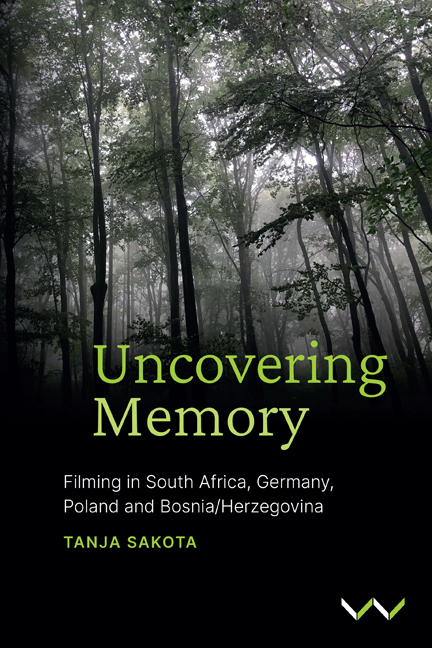Book contents
- Frontmatter
- Dedication
- Contents
- List of Images
- Foreword
- Acknowledgements
- Map of Africa and Europe
- Practice-Based Research, Teaching and Learning
- Part I Working With Students: Cape Town, Johannesburg, Berlin
- Part II Working With Peers: Constitution Hill, Johannesburg
- Part III Working With Myself: Poland, Germany, Bosnia/Herzegovina, South Africa
- Moving Forward
- Film Credits
- Glossary of Terms
- Notes
- Bibliography
- Index
Chapter 5 - Working in parallel: why the workshop process?
Published online by Cambridge University Press: 24 November 2023
- Frontmatter
- Dedication
- Contents
- List of Images
- Foreword
- Acknowledgements
- Map of Africa and Europe
- Practice-Based Research, Teaching and Learning
- Part I Working With Students: Cape Town, Johannesburg, Berlin
- Part II Working With Peers: Constitution Hill, Johannesburg
- Part III Working With Myself: Poland, Germany, Bosnia/Herzegovina, South Africa
- Moving Forward
- Film Credits
- Glossary of Terms
- Notes
- Bibliography
- Index
Summary
Memory has emerged as a viable methodology and tool post-conflict and post-violence. In South Africa memory building post-apartheid has taken on various forms, including memory rooms, memory maps, community mapping, walks of remembrance, and curated spaces within museums and exhibition spaces to express the ongoing relations and associations of memory with the past. On 27 April 1994, South Africans participated in the first democratic elections. This was a dynamic moment but it was also a time that demanded recognition of the past and how we were facing the violent reality of the past as a nation. Retrieving memory is a meaningful and significant repossession of what happened during apartheid.
The act of remembering has not been limited to monuments and memorials. Testimony has also played a key role. Since the end of WW2, two models of truth and reconciliation have emerged (Moyer-Duncan 2013, 273). The Nuremberg Model, which functioned as a punitive method, was established to prosecute the leaders and perpetrators of Nazi Germany. The second, the Latin American Model, used particularly in Argentina and Chile, aimed ‘to document the atrocities of the past so that they become part of a nation's official history, and at the same time advance healing and unity in the new national dispensation’ (Moyer-Duncan 2013, 273). As we moved into a democracy South Africa gathered evidence of atrocities ‘in name of the nation’ (Herwitz 2005, 531) and promoted national healing through the Truth and Reconciliation Commission (TRC) led by Archbishop Desmond Tutu. The commission received national and international recognition and acknowledgement. Although the TRC provided ordinary citizens with an opportunity to hear what happened to their loved ones, it was not punitive and perpetrators who provided full disclosure of their gross human rights violations were granted amnesty. Apartheid was a social and economic system that imposed humiliation and degradation on people of colour. The violence that came with it was physical but also deeply emotional, economic and social. The architects who sustained and maintained the system were not brought to the commission. The TRC was criticised for this because by ignoring this element it did not address the everyday violence of apartheid.
With the spirit of reconciliation that came from the TRC, film played an important role for people who were forcibly silenced by the apartheid policy to reclaim their social identities and histories.
- Type
- Chapter
- Information
- Uncovering MemoryFilming in South Africa, Germany, Poland and Bosnia/Herzegovina, pp. 47 - 54Publisher: Wits University PressPrint publication year: 2023



